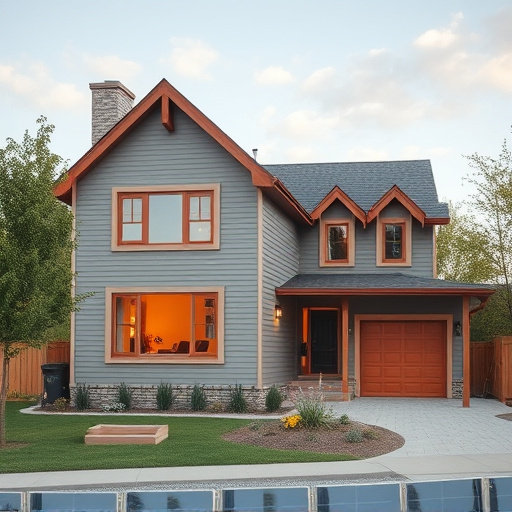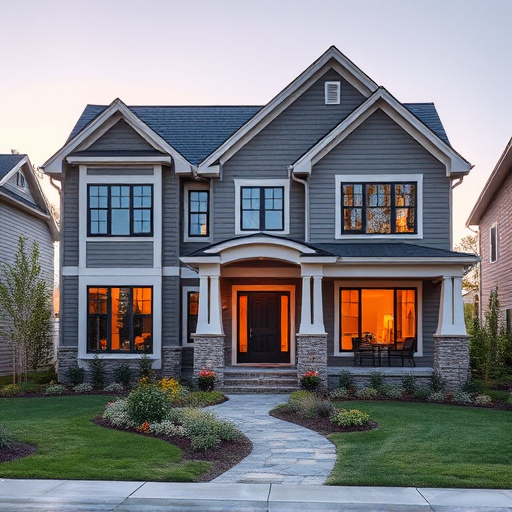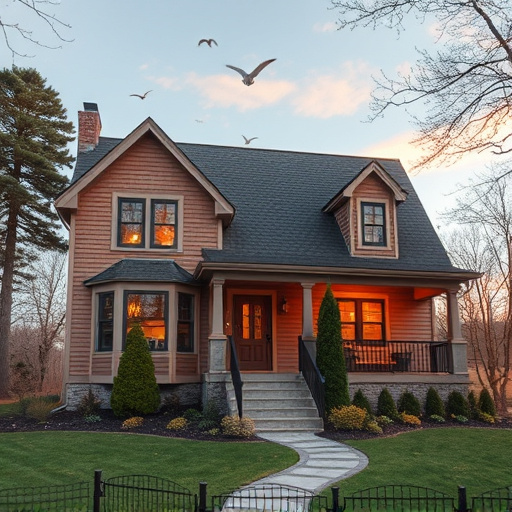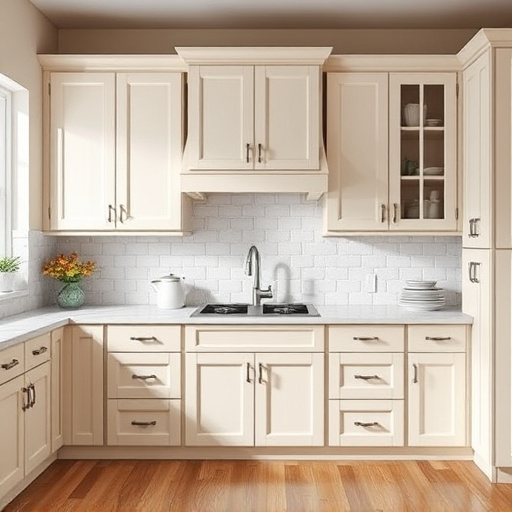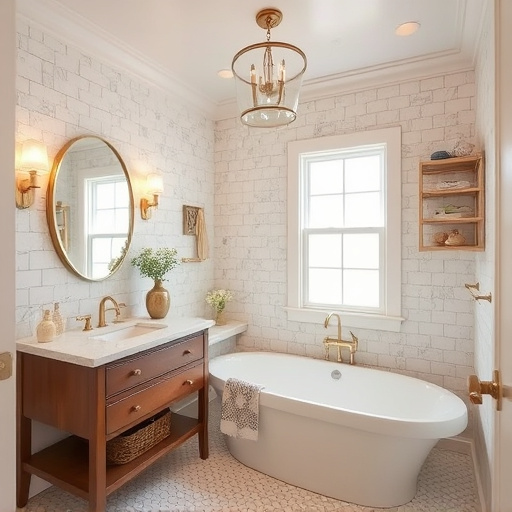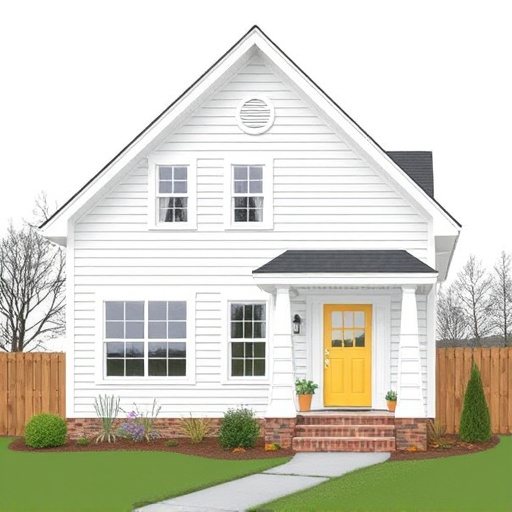Building custom homes in urban settings presents unique challenges and opportunities, including strict building codes and limited space that often drives vertical expansion or clever land usage. Despite these constraints, urban environments offer vibrant atmospheres and easy access to amenities, leading to high demand for tailored living spaces with modern conveniences and smart home technologies. Growing populations and high demand for urban amenities shape the requirements for custom homes, while limited space and high property values drive residential renovations. Custom designs in urban areas blend contemporary aesthetics with functional rooms, whereas rural settings allow for expansive floor plans and natural materials. In both cases, custom homes reflect their unique environments through thoughtful design and renovation.
When considering building a custom home, the urban and rural settings present distinct landscapes. Urban areas boast bustling markets demanding modern architectural styles that seamlessly integrate with existing infrastructure, while rural locations offer unique challenges and opportunities, fostering sustainable building practices and a focus on local craftsmanship. This article delves into these differences, exploring market trends, design considerations, cost comparisons, and long-term value in both environments to guide aspiring homeowners in their custom home journey.
- Understanding Urban Custom Home Building
- – Market trends and demand in urban areas
- – Architectural styles and design considerations for city living
Understanding Urban Custom Home Building
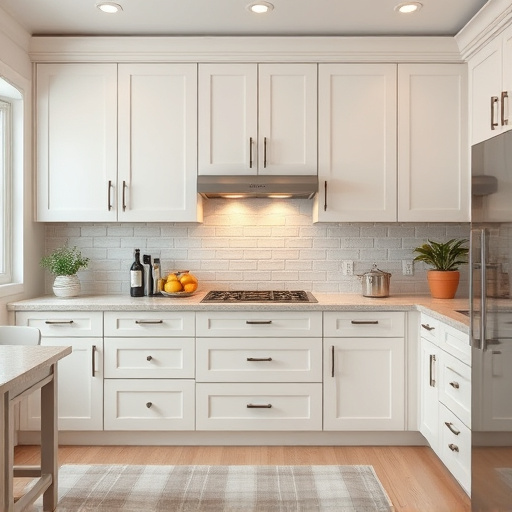
Building custom homes in urban settings present unique challenges and opportunities compared to rural locations. In densely populated areas, space is a premium, which means creating custom homes often involves vertical expansion or clever use of limited land. Urban custom home builders must also adhere to strict building codes and regulations designed to maintain the aesthetic integrity and safety of neighborhoods. This might include restrictions on materials used for exterior painting, height limitations, and specific design guidelines that ensure harmony with surrounding structures.
Despite these constraints, urban settings offer a vibrant atmosphere and easy access to amenities that can enhance the appeal of custom homes. Homeowners in cities often seek residences that reflect their personal style while incorporating modern conveniences and smart home technologies. Customized home renovations, from kitchen upgrades to bathroom remodels, are popular ways to adapt existing structures or add on to meet evolving needs. Residential renovations in urban areas must balance historical preservation with contemporary design, creating a unique blend of old and new that contributes to the diverse character of urban living.
– Market trends and demand in urban areas
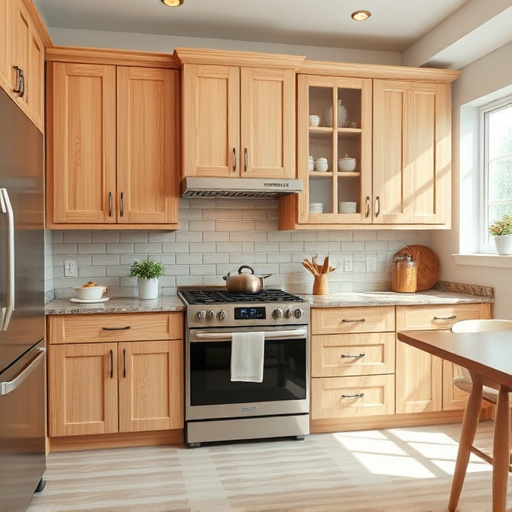
In urban settings, the demand for custom homes is often driven by a mix of factors including growing populations and a desire among city dwellers to have unique, tailored living spaces that better suit their modern lifestyles. Urban markets tend to experience high demand for properties with amenities like proximity to public transportation, schools, shopping districts, and entertainment hubs. As such, custom home builders in these areas often focus on creating residences that not only meet but exceed these expectations, incorporating features like smart home technology, open floor plans, and luxurious finishes to appeal to discerning urban buyers.
Market trends suggest a growing interest in residential renovations and multiple room remodel projects among urban residents. With limited space and high real estate values, many city dwellers opt for home remodeling as a means to enhance their living areas without moving. This trend has led to an increased demand for custom homes that are designed with flexibility and adaptability in mind, accommodating potential future changes in lifestyle or needs.
– Architectural styles and design considerations for city living
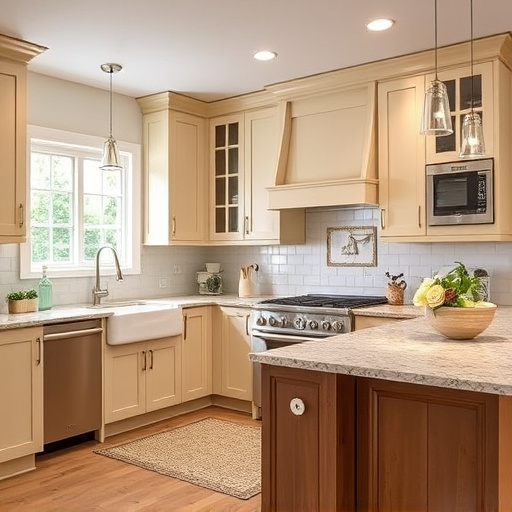
When designing custom homes in urban settings, architects often face unique challenges and opportunities. The compact nature of city blocks demands space-saving solutions, leading to innovative layouts and unconventional architectural styles. In high-density areas, vertical expansion becomes a key consideration, with designs incorporating lofts, skylights, and multi-functional rooms. These urban homes often blend contemporary aesthetics with smart design elements to maximize limited square footage, ensuring every space serves a purpose.
In contrast, rural settings offer a blank canvas for architectural expression. Here, custom homebuilders can embrace more expansive floor plans, incorporating grand kitchens, open-concept living areas, and extensive outdoor spaces. Rural landscapes often inspire designs that seamlessly integrate with the surroundings, utilizing natural materials and focusing on creating a connection with nature. Whether it’s a multiple room remodel like a kitchen renovation or a complete transformation, these homes reflect the lifestyle and environment they inhabit.
When considering building a custom home, whether in an urban or rural setting, the choice largely depends on personal preferences and lifestyle. Urban areas offer a vibrant, bustling environment with diverse architectural styles, catering to those seeking modern amenities and quick access to city life. In contrast, rural settings provide a serene landscape, enabling homeowners to immerse themselves in nature while designing a custom home tailored to their unique needs. Both options present distinct advantages, ensuring individuals can create their dream homes that reflect their personalities and desired lifestyles.








